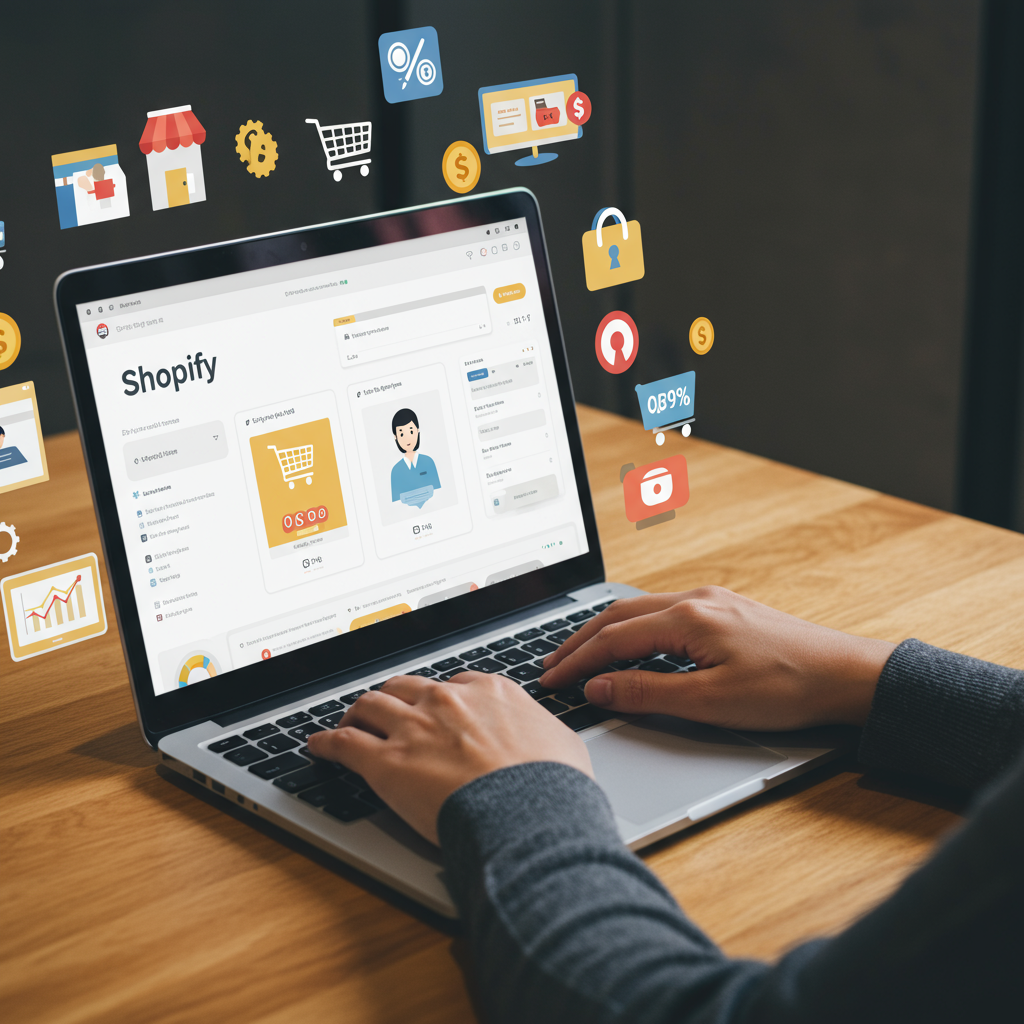My personal guide to navigating the early stages of e-commerce and accelerating your store’s success.
Hello fellow entrepreneurs! Starting a new e-commerce venture can feel like launching a rocket ship – exciting, but also a bit daunting. I remember those early days, staring at my Shopify dashboard, wondering how to get my first sale, then my tenth, and then my hundredth.
That’s why I’m here to share some of the most effective growth hacks I’ve learned and implemented over the years, specifically tailored for new Shopify sellers like you. These aren’t magic bullets, but rather practical strategies that, when applied consistently, can significantly boost your store’s visibility and sales.
My first piece of advice, and one that often gets overlooked in the rush to launch, is to truly understand your niche and ideal customer. Who are you selling to? What problems are you solving for them? The more specific you are, the easier it becomes to tailor your products, marketing, and messaging.
Once you have a clear vision of your audience, focus on your store’s foundation. Your Shopify store isn’t just a place to list products; it’s your brand’s digital storefront. Invest time in choosing a clean, professional theme that reflects your brand identity.
Ensure your branding is consistent across all touchpoints – your logo, color palette, fonts, and even the tone of your product descriptions. A cohesive brand builds trust and makes your store memorable.
Next, let’s talk about product presentation. High-quality product photography is non-negotiable. I can’t stress this enough. Blurry, poorly lit images will deter customers faster than anything else.
If professional photography isn’t in your budget initially, learn some basic smartphone photography tips. Good lighting (natural light is often best), a clean background, and multiple angles can make a huge difference.
Beyond images, your product descriptions are your silent salespeople. Don’t just list features; highlight benefits. How will this product improve your customer’s life? Use storytelling and evocative language.
Think about the questions a customer might have and answer them proactively in your description. Include dimensions, materials, care instructions, and anything else relevant.
Now, let’s dive into getting traffic. Search Engine Optimization (SEO) might sound intimidating, but for new sellers, it starts with the basics. Use relevant keywords in your product titles, descriptions, and collection pages.
Think about what your ideal customer would type into Google to find your product. Use tools like Google Keyword Planner (free) to find popular search terms related to your niche.
Another powerful, yet often underutilized, tool is email marketing. Start building your email list from day one. Offer a small discount or a valuable lead magnet (like a guide or checklist) in exchange for an email address.
Set up an automated welcome series for new subscribers. This is your chance to introduce your brand, share your story, and offer a first-purchase incentive.
Don’t forget abandoned cart emails! Many Shopify apps can automate this for you. A gentle reminder, perhaps with a small discount, can recover a significant percentage of lost sales.
Social media is another crucial channel. Identify where your target audience spends their time – Instagram, TikTok, Facebook, Pinterest? Focus your efforts there rather than trying to be everywhere.
Share engaging content that goes beyond just product shots. Show your products in use, behind-the-scenes glimpses, customer testimonials, or even lifestyle content related to your niche.
Consider running small, targeted social media ad campaigns. Even a modest budget can yield results if your targeting is precise. Start with retargeting ads for website visitors or lookalike audiences.
Customer service is not just about answering questions; it’s about building relationships. Respond promptly and courteously to inquiries. Go the extra mile to resolve issues.
Happy customers become repeat customers and brand advocates. Encourage reviews! Positive reviews are social proof and incredibly powerful for building trust with new visitors.
Leverage Shopify apps. The Shopify App Store is a treasure trove of tools that can automate tasks, improve marketing, enhance customer experience, and boost sales.
Look for apps that help with upsells/cross-sells, loyalty programs, pop-ups for email capture, or even advanced analytics. Just be mindful not to overload your store with too many apps, as they can sometimes slow down your site.
Think about your shipping strategy. Transparent and reasonable shipping costs are vital. Offer free shipping if your margins allow, or clearly state your shipping policy upfront. Unexpected shipping costs are a major reason for cart abandonment.
Finally, and this is perhaps the most important hack of all: patience and persistence. Growth doesn’t happen overnight. There will be days when sales are slow, and you might feel discouraged.
Analyze your data, learn from your mistakes, and keep iterating. What’s working? What isn’t? Shopify’s analytics dashboard provides valuable insights.
Celebrate small victories, stay consistent with your efforts, and always be learning. The e-commerce landscape is constantly evolving, so staying informed is key.
What do you think about these strategies? Have you tried any of them, or do you have other tips that have worked wonders for your Shopify store? I’d love to hear your thoughts!
Remember, every successful Shopify store started somewhere. With dedication, smart strategies, and a focus on your customer, you can build a thriving online business. Good luck on your journey!






